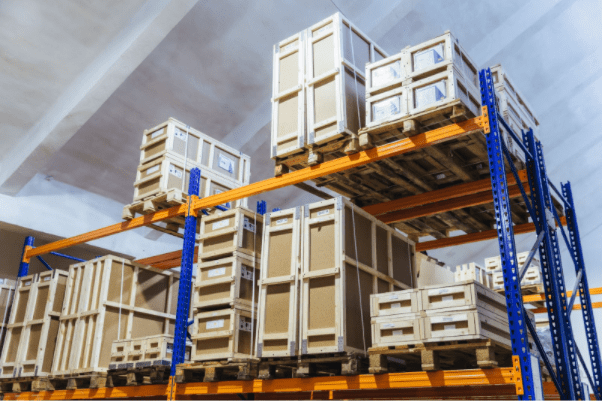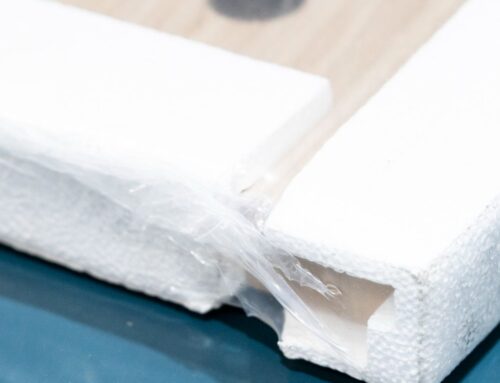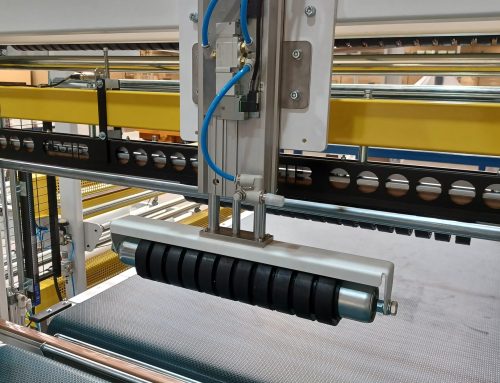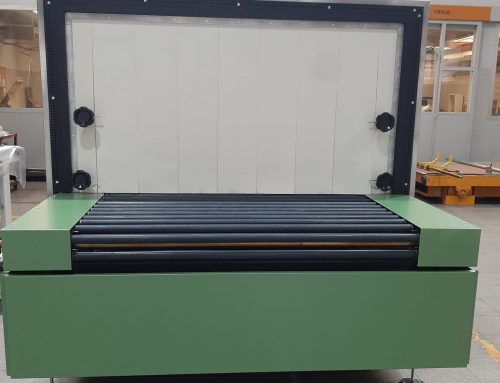The materials most commonly used for traditional packaging throughout the history of contemporary industry have been wood, cardboard, plastics, metal, etc….
Their functions are clear, and they must contain, preserve, inform, identify and handle products in a safe and efficient way during their transport and distribution from one place to another.
To choose them in the best way, the properties of the product to be packaged must be considered, as well as the distribution cycle to which the product-packaging binomial must be subjected.

What should be considered when packaging materials?
In addition to traditional materials, today, all kinds of elements have started to appear that improve packaging and make it safer and smarter. For example, active packaging is becoming more and more common—the former incorporates means to control or maintain the right conditions for preserving products, while the latter facilitates the monitoring of product quality.
There are other types of packaging that expand the information on the contents or redirect the user to websites where they can do so, in different ways, with barcodes, QR codes, etc.
These new technologies mean that when talking about packaging materials, we have to add and use new terms, such as active packaging materials, RFID packaging, as well as new components such as antennas, chips, printed circuits or luminescent elements.
What are the materials and types of packaging used in maritime export?
Packaging is essential for any type of industry, as one of its main functions is to protect the product from potential hazards during the storage and distribution cycle that could affect or alter it.
How do we do this with our machinery when we have to transport it by sea?

Taking our machinery as an example, we would like to show the whole packaging process and how we prepare them to be exported by sea.
Our machines are packed in a specific and special way when we have to send them to our international customers, since it is usually necessary to use a container for sea transport; in most cases, the machines are placed on pallets, platforms and wooden crates and even cages.
Whose wood has previously received a thermal treatment against parasites that could develop due to the duration of the journeys as a result of the humidity of the environment.
With the machines secured and inside the container, we cover everything with polyethylene film. Once they are placed and fixed on their bases, they are covered with thick, recyclable polyethylene sheets to protect them from dust and external agents. This is when the “vacuum” packaging process begins, using air extraction pumps, leaving the package fully bagged, airtight and sealed, to ensure that it arrives in perfect condition. We always bear in mind that they may be at sea for periods of up to one month, depending on the type of transport selected.
Using the correct and most suitable maritime packaging is essential so that the machines arrive at their destination without suffering any damage and without external marks of rust or other types of aggressions caused by the always harmful atmospheric inclemencies.
This is just one example of the complexity of transporting products by sea and the importance of choosing the right export packaging materials for the whole process. It depends on this that the products or machines arrive at their destination in perfect condition.
Would you like to request a quotation for one of our automated packaging machines?
If you belong to any of the industrial sectors we work with, and you are thinking of making an investment to buy an automated packaging machine, please contact our sales department.
We will carefully study the needs of your plant, and we will offer you the most profitable, efficient and productive solution possible.
We have two main lines of machinery, one to work with cold and the other to work with heat. Both options allow us to pack with different materials, in series and with customized finishes.
On our YouTube channel, you will find videos of most of the models. You can also call us on (+34) 93 636 14 16, e-mail us to [email protected] or fill in the following form with your personal details, and you will receive news from us as soon as possible.



